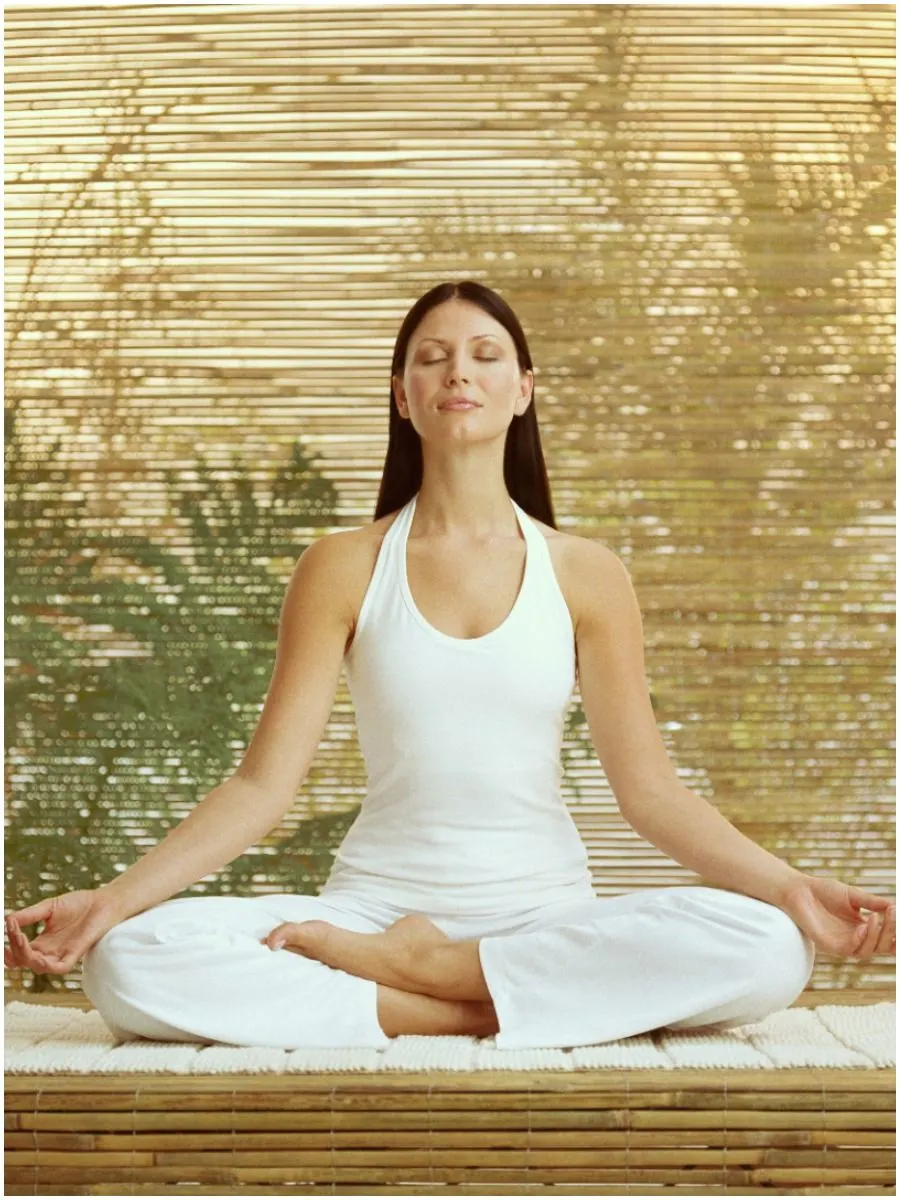What are the benefits of Siddhasana or Accomplished Pose?
Introduction
Siddhasana or Accomplished Pose is an asana, also called as ardha – padmasana where ardha is a Sanskrit word for half.
The name originates from the Sanskrit words siddha, meaning both “perfect” and “adept”, and asana, which means “posture” or “seat.”
It is said numerous saints acquired super siddhis (natural powers) by meditating in this asana.
This asana requires less flexibility of the legs than the padmaasana, yet it facilitates relaxation, concentration, and ultimately, meditation. This posture is a recommended pose for meditation.
It is mentioned in the ”Hatha Yoga Pradeepika” as one of the four most powerful sitting poses recommended for meditation.
Preparation for the accomplished pose:
1.All ankle movements to stretch and flex.
2.Rotation of hip, particularly outward.
3.Spinal turns, again lying on your back, let the knees move from side to side.
4.Make sure the body is warm, and do some speedy movements as if prior to strenuous exercise.
How to do Adept Pose?
1.Sit up straight with the legs stretched forward.
2.Bring the ankles across each other, with the knees bent, out to the side with the knees flat on the floor.
3.Have the lower heel pressed firmly into the perineum and the second heel placed directly on top of the lower heel or the top toes may be tucked down into the opposite thigh, according to the foot length.
4.Bring the hand into jnana mudra (is done by touching the tips of the thumb and the index together, forming a circle, and the hand is held with the palm inward toward the heart), resting lightly on the knees.
5.Bring the chin down into the jalandhara bandha (bandhas are energetic locks that contain the prana in the torso).
6.Fix the eyes on the brow center in shambhavi mudra. This is used only by advanced practitioners.
Siddhasana beginner’s Tip:
Although this pose is considered an easy pose in comparison to other advanced poses, however, a few people may find it important to keep a folded piece of cloth inside their locked ankles so that they can slope downward slightly.
This should help in improving the pose. You can place a folded blanket under your buttocks in order to enhance the pose and to maintain your spines erect when practicing this pose.
Benefits:
1.Reduce pressure in legs, so that more circulation is in the torso and head, aiding concentration upwards in meditation. Also, the supply of synovial fluid (joint fluid) is restored, and the spasticity and pain are removed.
2.Helps to establish balance throughout the body and mind.
3.It is an extremely beneficial asana for people suffering from any kind of nerve defects.
4.Stabilizes and sublimates sexual energy.
5.Regular practice of this pose is considered as an impetus to a very healthy circulation system
6.Makes spinal column steady and straight.
Contraindications
Knee pain, hips excessively restricted, or any inflammation in legs. This posture should not be practiced by those with sciatica. Also, don’t go beyond your abilities.
Images credit – Shutterstock & @Getty
READ THIS NEXT: Dandasana Pose Benefits (Staff Pose or Stick Pose)
- About the Author
- Latest Posts
As a founder and chief author at InsightState.com, Bulgarea Candin helps readers on their spiritual journeys. His writings are designed to inspire creativity and personal growth, guiding readers on their journey to a more fulfilled and enlightened life.



